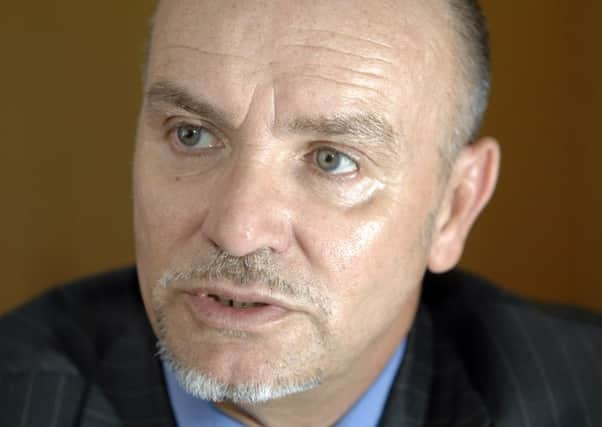Jurors deserve better support in traumatic cases, says QC
This article contains affiliate links. We may earn a small commission on items purchased through this article, but that does not affect our editorial judgement.


Derek Ogg said prosecutors could risk assess cases before bringing them to trial and said greater use could be made of computer graphics in courtrooms.
The lawyer was speaking in the week two women are expected to be sentenced for murdering toddler Liam Fee.
Advertisement
Hide AdAdvertisement
Hide AdThe two-year-old died after being subjected to a catalogue of abuse and neglect at the hands of his mother Rachel Trelfa or Fee and her partner Nyomi Fee, who are now facing life in prison.
The case is thought to be one of the most distressing ever heard in a Scottish court.
Mr Ogg, now a defence QC who is the former head of the National Sexual Crimes Unit (NSCU) based at the Crown Office, said professional counselling for jurors is available under the Scottish court system.
But he told BBC Radio Scotland: “I suppose the question is, should we be pre-selecting jurors, advising jurors that they might be coming into a trial where there is going to be some necessarily traumatic injury or descriptions of injuries, for example?
“That could be done, because at the moment a juror who has a medical condition that would prevent them from serving could get a letter from the doctor.”
Mr Ogg said the legal system has provisions for vulnerable witnesses, vulnerable accused and victims.
But he added: “The poor old jurors who are just members of the public and have never had any encounter with the legal system come in and see some of the most appalling and dreadful things.”
He said more could be made of computer-aided design in trials to prevent jurors having to see images of a dead body, for example.
Advertisement
Hide AdAdvertisement
Hide Ad“It’s expensive but it works, and it’s been done,” he told Good Morning Scotland.
He also told the programme: “Something I would say the Crown could do is risk assess a case and say, ‘jurors should be warned this is going to necessarily involve some graphic evidence’.
“Sometimes prosecutors perhaps unthinkingly put graphic evidence before a jury without asking themselves ‘why am I doing this, is it really necessary?’
“We have a preliminary hearing system in Scotland so before the trial, some weeks before, the judge has an administrative management meeting with the lawyers about the case and judges could ask ‘have the Crown asked themselves, is it really necessary to put those images forward?”
DOWNLOAD THE SCOTSMAN APP ON ITUNES OR GOOGLE PLAY
